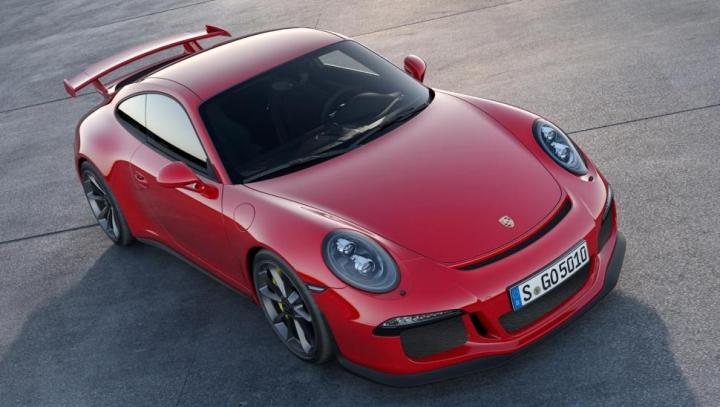
Prepare for a new addition to the gene pool, gentlemen: the 911 is going hybrid.
When somebody says the word “Porsche”, most people think “911”. It’s Porsche’s flagship car, and for good reason: The 911 is a legend. A timeless, polarizing icon.
The first 911 went on sale in 1964 and had two doors, round, bug-eyed headlights, a rear-mounted flat six-cylinder engine, and rear-wheel-drive. Sound familiar? Few people would argue against the brilliance of Porsche’s favorite son, but even the most diehard Porsche fanatic would struggle to call the 911 unpredictable.
Of course, the 911 has been adapted and modernized over the years, with turbocharged, all-wheel-drive, and race-spec versions keeping the 911’s status as king intact. Despite that, it’s still strikingly similar to 1964’s air-cooled classic. Perhaps it’s the 911’s consistency, the rock-steady standard of purity that explains the car’s true appeal.
It’s been rumored for a while now, but a report by 4 Wheels News confirms that a plug-in hybrid 911 Turbo S is coming, and it should be released in 2017.
As you can see from the patent drawing below, the 911 will feature an integrated charging system that will channel electricity to the wheels in three ways: through a conventional household outlet, through a connection with the Porsche Universal Charger (PAC), or with a lithium-ion battery.

Porsche also is reportedly developing a smartphone app that will allow customers to manage their vehicles battery usage, while also providing information on driving range.
The all-wheel drive Turbo S hybrid will use similar technology found on the 918 supercar, and will deliver a total of around 700 combined horsepower.
We’ll wait to judge the hybrid until more details come out, but it’s hard to see anything less than a total freak out from 911 purists. Some may call them a sensitive bunch, but after they’ve had to accept numb, electric steering in the latest 911s and the lack of a manual transmission on the GT3, they have every right to be.
Will a hybrid 911 be the last straw? Time will tell.
(Rendering credit: 4 Wheels News)
Editors' Recommendations
- Porsche’s most powerful production car is an EV
- Porsche using 3D printing technology to make custom-tailored seat cushions
- Hybrid model will be ‘highest performance 911 of all,’ Porsche CEO says
- It’s T time: Porsche builds 300-hp 718 Boxster, Cayman to take on twisty roads
- Porsche’s updated 911 gets the one thing it was missing: A manual transmission


